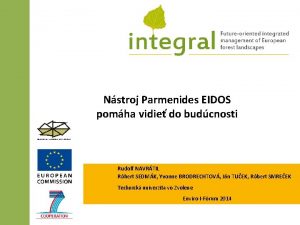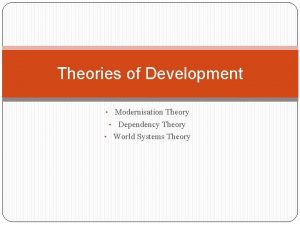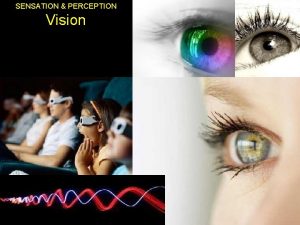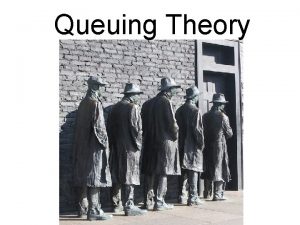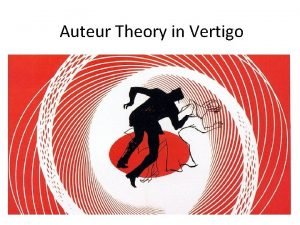Lecture 7 01 15 08 Theory of Eidos









- Slides: 9

Lecture 7: 01 -15 -08 • Theory of Eidos (plural: Eidoi): Eidos: that which is seen, form, shape, figure Related words: Eido-poieo: tha mak an image of a thing, mould Eidopoiia: the specific nature of a thing Eido (w) : to see Eidolon: image, phantasm Eidolopoieo: to form and image in the mind

What this theory sets in motion • A hypothesis about truth and meaning • A strategy for localizing the form, aspect, shape of things as capable of being abstracted • A point of view about creation • A very nest of problems

Republic: The Middle Dialectic, and the full articulation of theory of Forms. • The layout of the argument of Republic • The pursuit of the Form of Justice leads to the clearest direct statement of theory of Forms in Republic VI. • Two versions: Double Divided Line and Allegory of the Cave. They are NOT consistent, and the latter is offered to try to ameliorate the abstractness of the first account.

Double Divided Line • Intelligible Realm Eidos/ Form Diagram Object Visible Realm Image NOUS DIANOIA PISTIS EIKASIA/ picture thinking

Allegory of the Cave On line, www. people. cornell. edu/pages/gnl 2/cave. htm

Problems: (never-ending) Visible • • Images Intelligible Objects Diagrams Forms (Eidos) The theory is FUNDAMENTALLY ambiguous and will inevitably lead to paradoxes

Reperesentation: the idea of mimesis If “cause” is to be explained as the visible world being an “imitation” of, or representation of the realm of Forms, then the only principle of knowledge Plato has available follows this model: Original imitation. It assumes that to be is to be an entity, a thing, and in the double divided line, he carries over this assumption in spite of himself.

The problem of Participation: The Parmenides • Two issues: The ONE and the MANY. If there is one unchanging EIDOS or FORM, then there may be many that vary, but all participate in the Form. What could participation possibly be? Part / whole? Is the FORM in us? Spatial division? Does it cover us like a sailcloth? • The Parmenides: among the toughest and most abstract dialogues pretty much demolishes the early theory of forms.

The “Third Man Argument” • If the Forms exist separately and apart, then what is the relation between the One form and the Many which participate in it? • Take the case of MAN (not the actual example Plato uses in Parmenides). • In what way does the FORM “Man” differ from “men”? • Does the form share the nature of men? If so, how can you tell it apart from the many men? • If not, in what possible way could it explain what makes “men” HUMAN? • The dilemma: an infinite regression opens up and cannot be closed
 Parmenides eidos
Parmenides eidos 01:640:244 lecture notes - lecture 15: plat, idah, farad
01:640:244 lecture notes - lecture 15: plat, idah, farad Natural language processing
Natural language processing Bayesian decision theory lecture notes
Bayesian decision theory lecture notes Bayesian decision theory lecture notes
Bayesian decision theory lecture notes Natural language processing nlp - theory lecture
Natural language processing nlp - theory lecture Trait approaches to leadership
Trait approaches to leadership The geological theory that states that pieces
The geological theory that states that pieces Wallerstein's world systems theory
Wallerstein's world systems theory Opponent process theory vs trichromatic theory
Opponent process theory vs trichromatic theory
